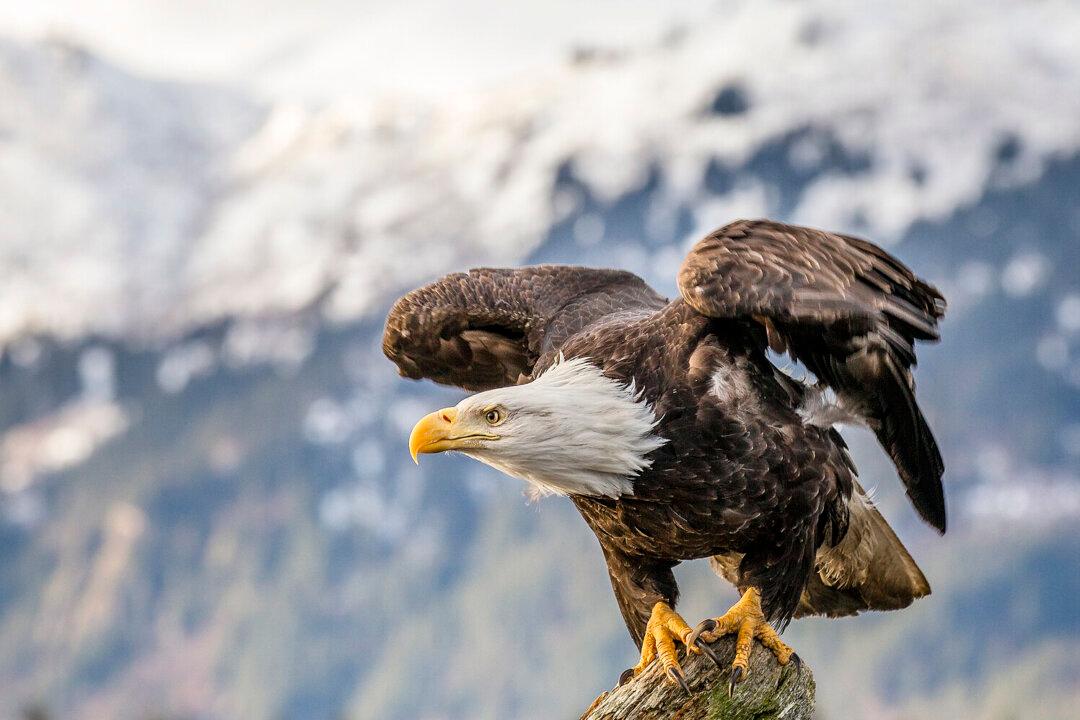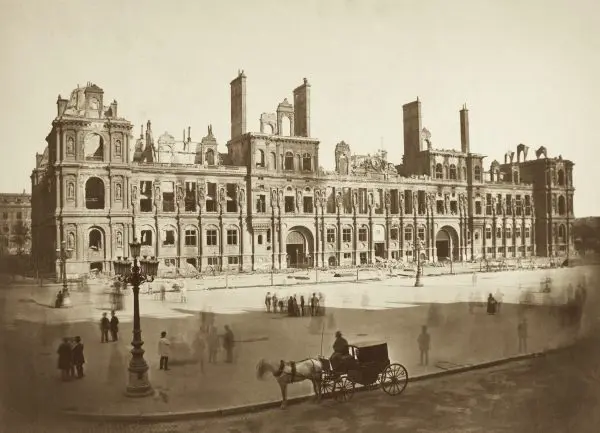In 1960, the National Audubon Society found that only 417 breeding pairs of eagles were left in the contiguous 48 states. Less than a century before, the country supported about 100,000 eagles, though that number had already declined enough to prompt Congress to pass the Bald Eagle Protection Act in 1940. This act forbade citizens from possessing or killing the bird. But it wasn’t enough. In 1978, the bald eagle was placed on the endangered species list, on the verge of vanishing from our nation’s landscapes entirely.
Scientists sought answers. What was damaging the eagle populations so severely? At length, they identified the culprit: DDT, or Dichlorodiphenyltrichloroethane, an insecticide deployed in the mid-20th century and touted as a miracle concoction promising freedom from malaria and typhus. But it quickly became notorious for its environmental and health hazards, and was banned by the EPA in 1972. In the case of bald eagles, scientists discovered that DDT caused birds, including eagles, to absorb less calcium, which weakened their eggs’ shells. As a consequence, the shells would break when nested on by parents, resulting in a precipitous decline in the eagle population.






